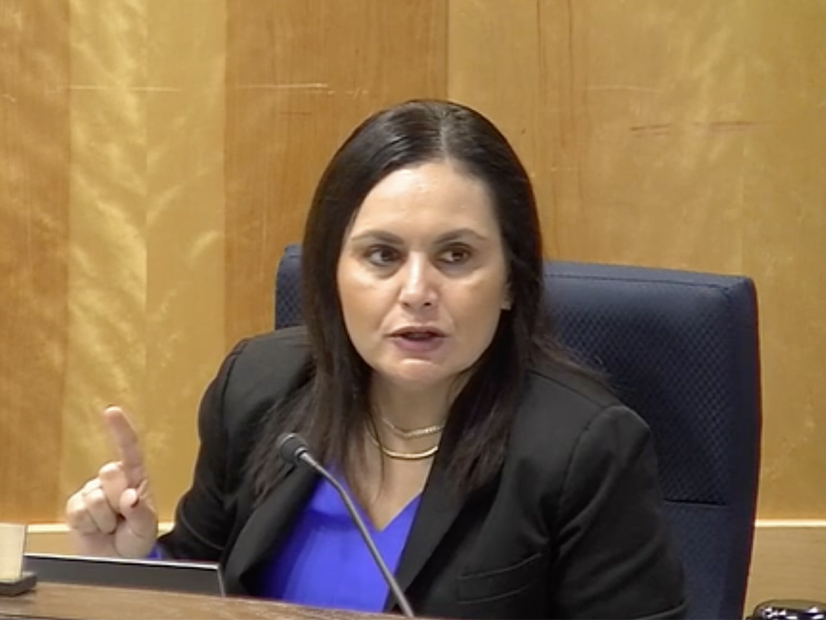The Texas Public Utility Commission’s staff, having been waved forward by commissioners, are preparing for public comment a revised version of ERCOT’s proposed reliability standard.
During its May 16 open meeting, the commission agreed with staff suggestions that two of ERCOT’s three metrics be tweaked to strengthen their effectiveness.
“Coming up with reliability standard is really mission critical to what we’re doing on the wholesale market design side,” PUC Chair Thomas Gleeson said.
The Texas grid operator has proposed a “multi-metric” framework that establishes thresholds for three metrics: frequency, duration and magnitude of loss-of-load events (54584). PUC staff filed comments May 9 recommending changes to the duration and magnitude values’ calculations. (See related story, ERCOT Proposes ‘Multi-metric’ Approach for Reliability Standard.)
Commissioner Lori Cobos suggested ERCOT include the normalized expected unserved energy (EUE) to provide an idea of the load that won’t be served. ERCOT has said EUE is an average measure, like the loss-of-load expectation, and does not distinguish the characteristics of extreme events. The grid operator did allow that EUE is a useful measure for the expected cost of not meeting customer firm-load requirements and the expected incremental cost of modifying the reliability standard’s elements.
“I think it’s a helpful perspective to have in addition to the fundamental reliability standard that will be based on the one-in-10 with the additional criteria of duration, frequency and magnitude,” Cobos said.
Commission staff proposed adding a 0.25% exceedance probability for the 19-GW magnitude metric because it is tied directly to the grid’s operational capability. Cobos said she wants stakeholders, with their comments, to further explore the exceedance number.
“Based on just my initial thoughts, it seems to be very conservative,” she said, saying the 0.25% exceedance translates to one loss-of-load event every 400 years. Cobos suggested the rule could start at 0.25% but wondered aloud whether stakeholders might want to double it to 0.5%, the equivalent of one loss-of-load event every 200 years.
“It’s typically easier to start with more stringent standards, say one in 400, and then pull back to something less stringent,” Gleeson said.
Following stakeholder feedback, a final reliability standard could be published as soon as June 13.



